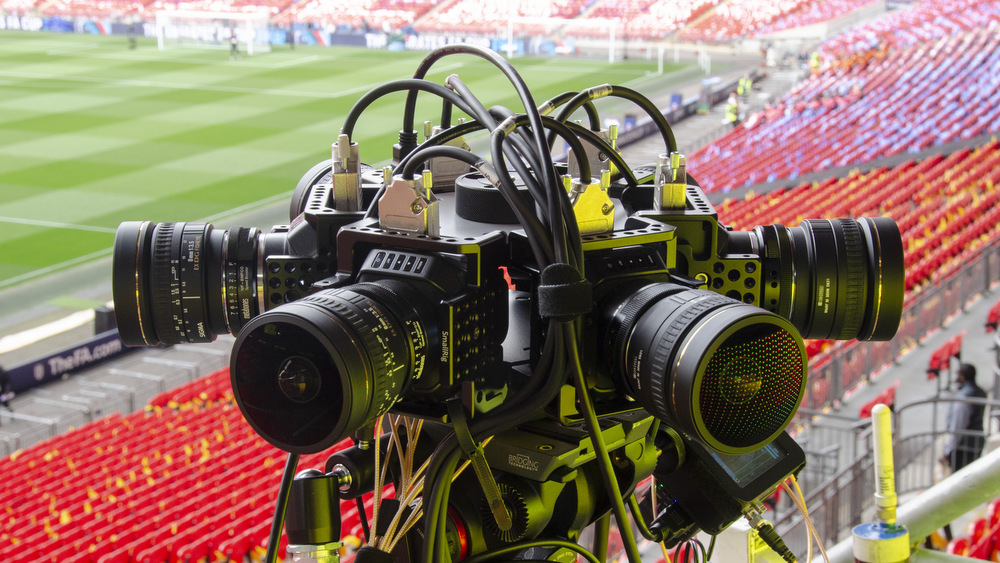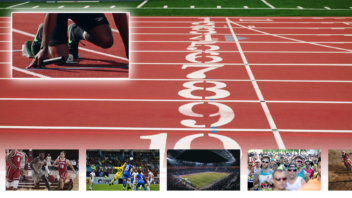BT Sport Streams FA Cup Final using ClearVR
28 May – BT Sport Streams FA Cup Final using ClearVR
On May 18th, BT Sport streamed the FA Cup from Wembley Stadium in full 8K quality to a group of over 100 test users. Available in Tiledmedia’s ClearVR app, these users watched the content on iOS and Android tablets and phones or in a VR headset. BT Sport installed two 8K cameras rigs, one at either end of the pitch, and operated a real-time 8K switcher so users could sit back, relax, and always see the game from the best angle.
“This is a massive step change” – Jamie Hindhaugh, COO BT Sport
Bitrates varied from 10 to 20 Mbit/s as part of the test. Tiledmedia’s ClearVR platform, running on Amazon and powered by Intel’s SVT-HEVC encoder, performed the real-time 8K encode. The distribution was handled using the Akamai CDN, which means it was massively scalable. We learned a lot from this event, and we look forward to the next one in the firm belief that for live VR, 8K is the new 4K. Read about BT Sport’s plans with ClearVR in this SVG interview with executives Jamie Hindhaugh and Andy Beale.
A few technical details
This marks the first time that Tiledmedia enabled a live 8K production with two 8K cameras switched by a director. The production of beyond-4K live events is new territory for the entire industry, and producing live VR360 in such high quality and resolution is not trivial at all. The bitrates involved are very significant: in the venue, in the contribution from Wembley to Tiledmedia’s Amazon-hosted processing and tiling platform, and in the ingest from Amazon into the CDN. We prepared twelve parallel 45 Mbit ingests from Amazon to the Akamai origin, but ended up using only six of those as the camera switching was done at the venue. The other 6 were kept standby to enable switching by the user, but we ended up not using the user switching option on this occasion. This will be enabled at a next event; our SDK and demo app are ready for it; they support virtually instant camera switching.
The glass-to-glass latency was a little over 20 seconds; lower than before but we expect to be able to go significantly lower still with further optimizations – attaining the lowest possible hand-waving delay was not one of our shared goals this time around.
May 28, 2019
News

Author
Rob Koenen
Stay tuned!



